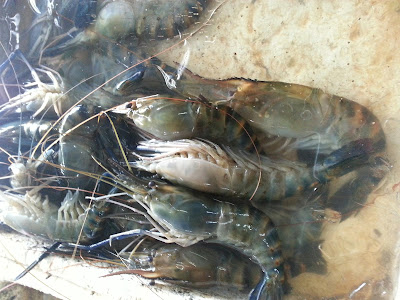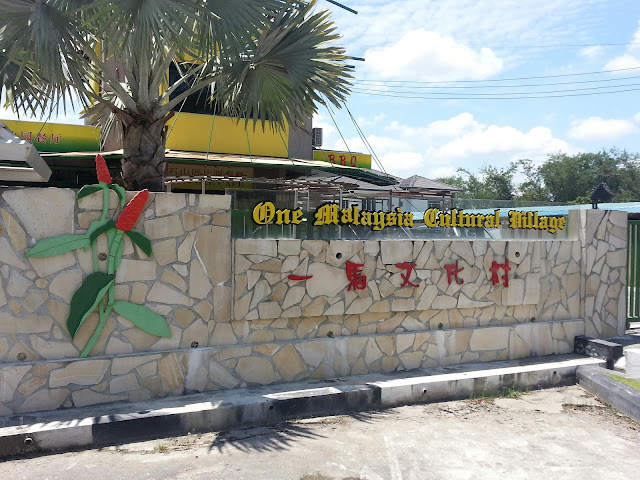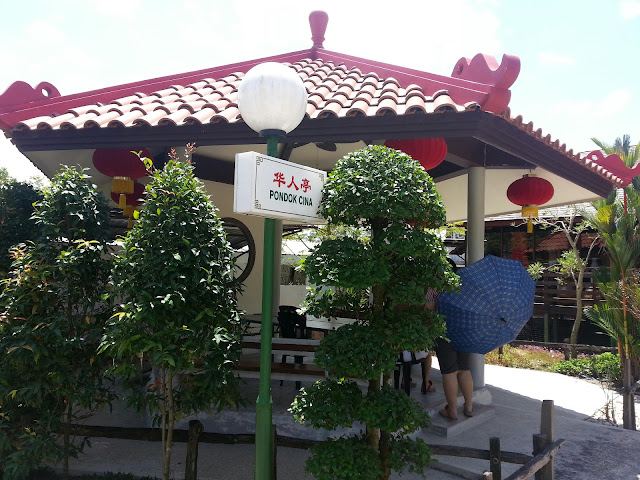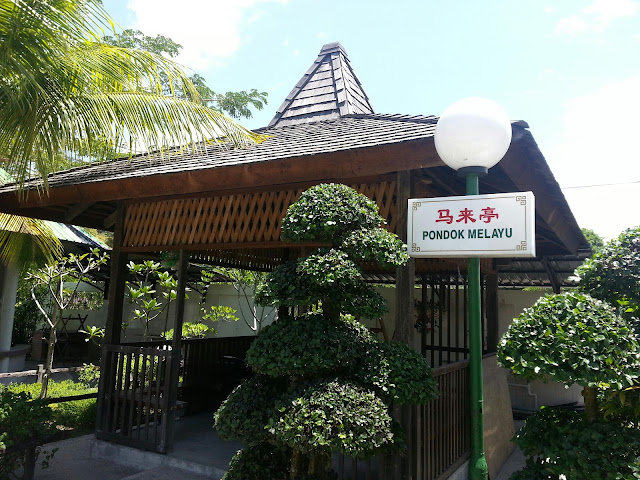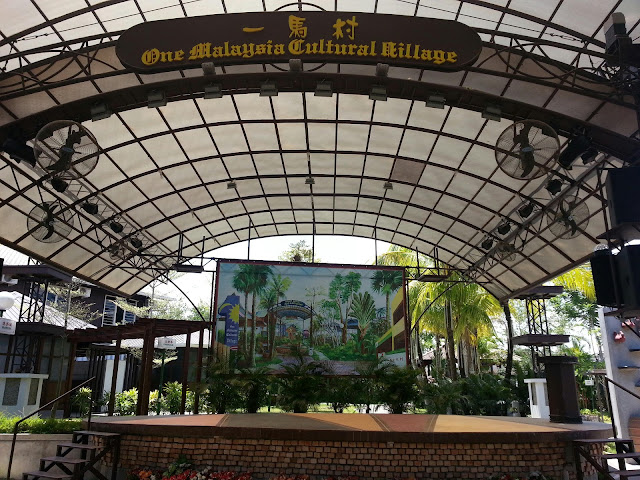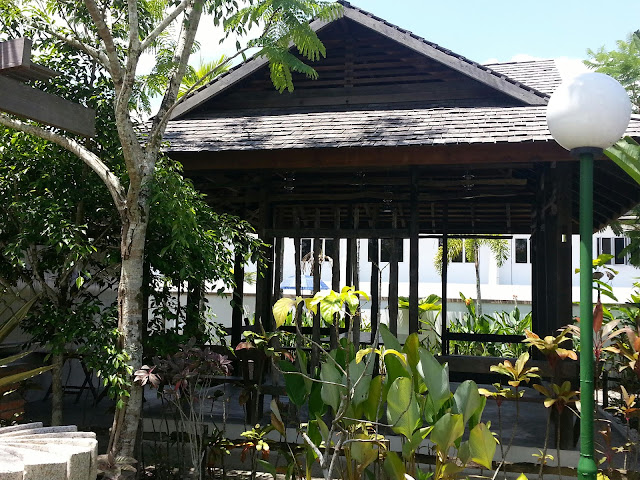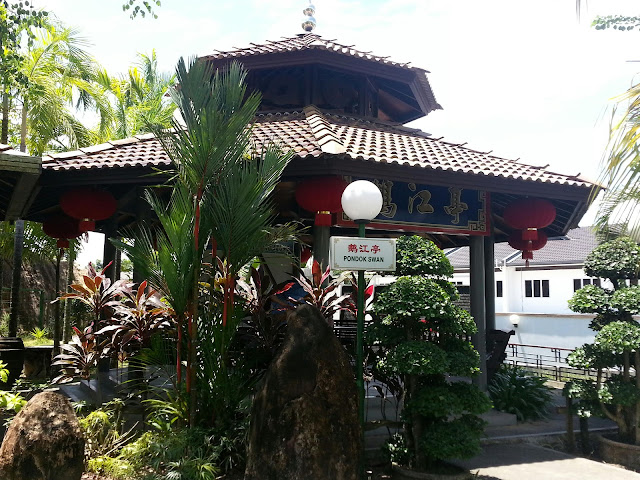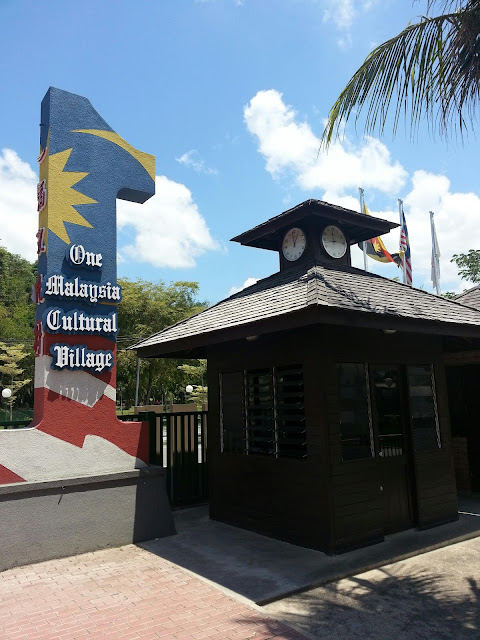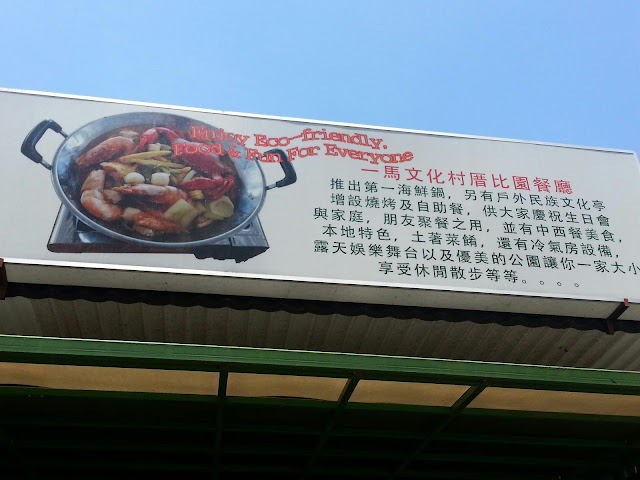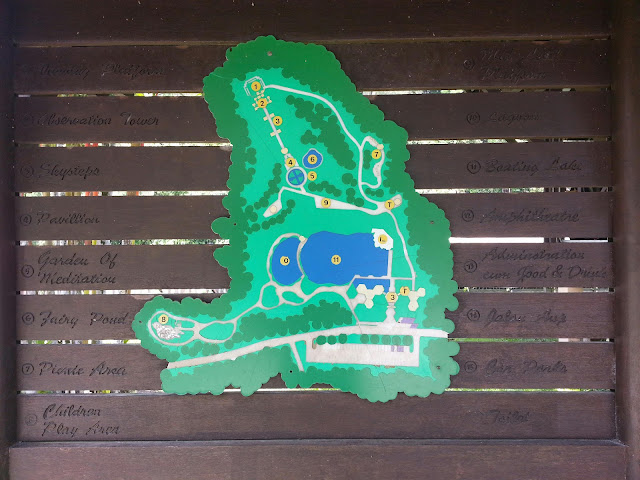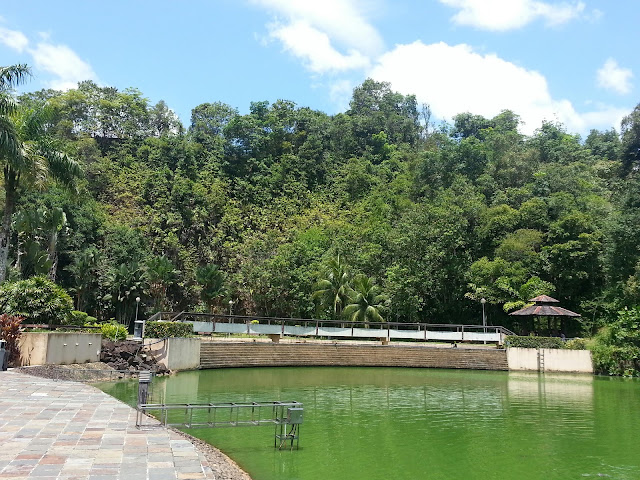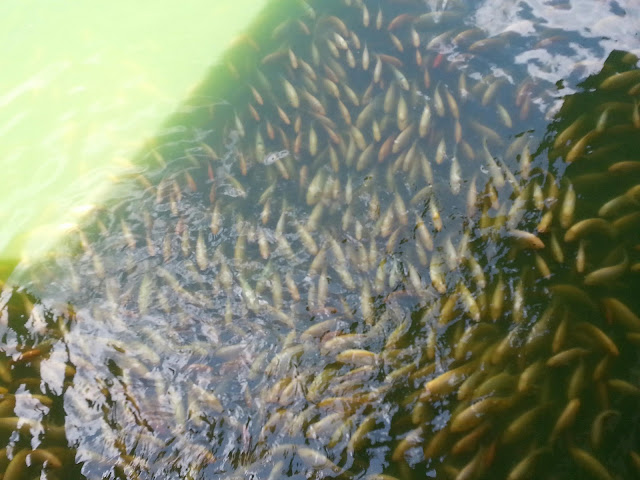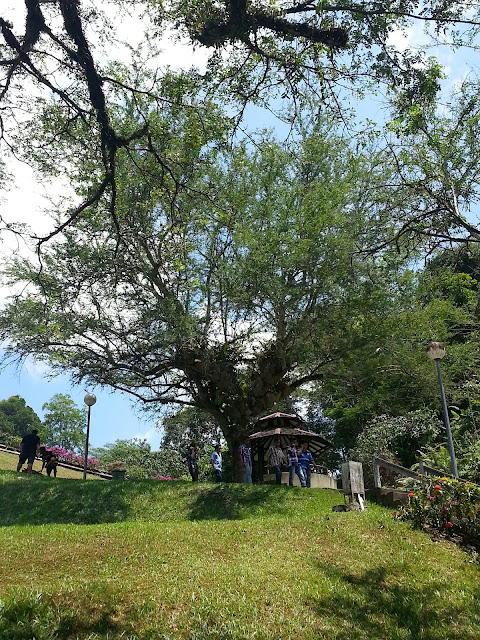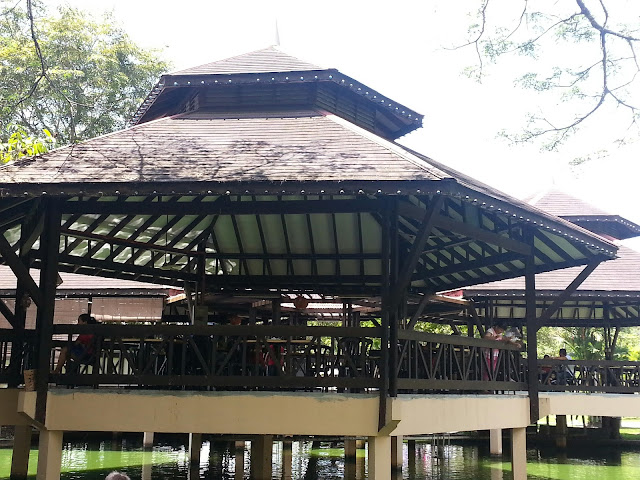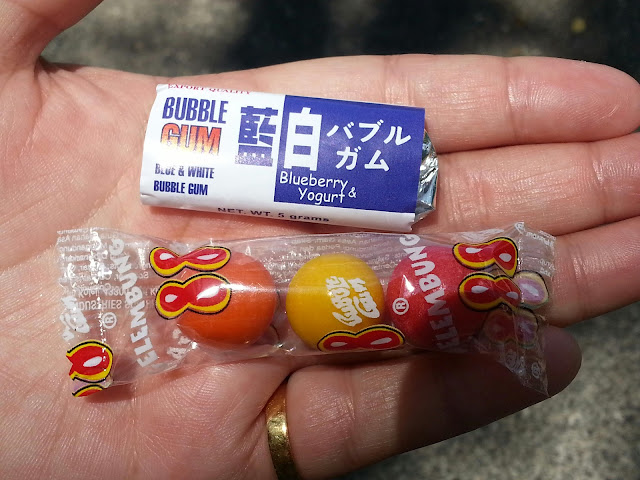This garden along Sungai Merah is build to memorize our ancestor, Wong Nai Siong who brought our great grandparent or grandparent from China to settle down in Sibu. Sungai Merah was the place where they alighted. Some background of Wong Nai Siong from Sibu Wiki.
In 1901 Wong Nai Siong (Huang Naishang) led the first batch of Foochow Christians from China to Sibu to open up the fertile lands of Sibu for cultivation, a massive opening up of Sibu. This was a landmark year in the history of the development of Sibu.
Wong Nai Siong came to Singapore in September 1899. From there, he proceeded to West Malaysia, Sumatra and the Dutch East Indies. For six months he explored the places but failed to find a suitable place for the immigration and settlement of his folks in China. In April 1900, Mr. Wong Nai Siong came to Sarawak and got the approval of the Sarawak Rajah to look for a suitable site for Chinese immigrants.
Wong explored the lower valley and upper reaches of the Rajang River. He soon discovered that the Rajang Delta was very fertile and particularly suitable for cultivation. So he decided to choose the area for opening up for cultivation. With that decision, Mr. Wong went to see the second Rajah of Sarawak, Rajah Charles Brooke, for discussions regarding the matter of opening up of land for cultivation. In those days of the Rajahs, Sarawak was sparsely populated with vast land yet to be developed, Wong's plan was timely and very much appreciated.
So, when Wong Nai Siong went to see Sir Charles Brooke and explained to him his plan to lead large groups of Foochows to open up Sibu for cultivation, the Rajah immediately agreed. Both parties signed an agreement.
The Chinese immigrants came in three batches. The first batch consisted of 72 people, the second batch 535, and the third batch 511, totalling 1118 people. Of the total, 130 brought their spouses and families, while the others were bachelors. After working in Sibu, nearly all the immigrants chose to settle down and made Sibu their new home. They were happy to settle down for a brighter future in Sibu.
There are 2 parts for this garden which separated by the road. This garden is not that fantastic as some of the items is not well maintained but it is still clean and nice to walk. However, I would still recommend you to stop by and check out this historical site. Local people sometime will jog here, the place is quiet and not much noise, you can feel the peace here.
Besides, you can walk around the surrounding, Sungai Merah area has lot of good food too. Some places you can find the food - Joystar Garden花悅枋, Jin Xuan Corner, Nest Station Egg Puff 巢阁鸡蛋仔, Choon Seng Coffee Shop.
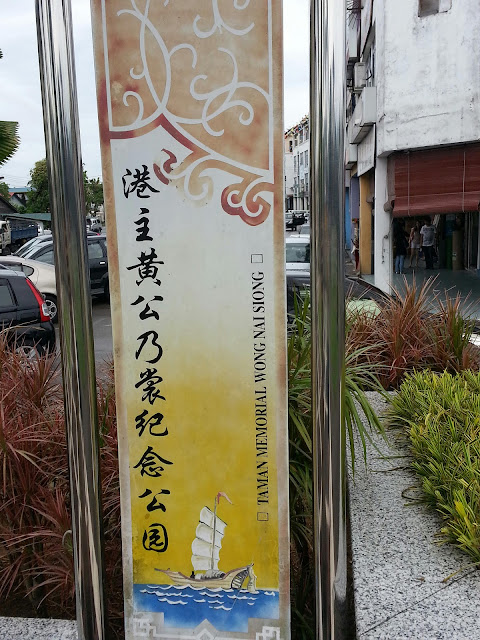
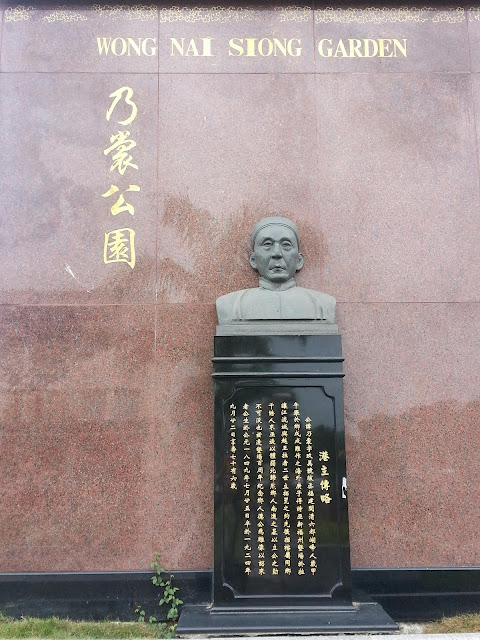
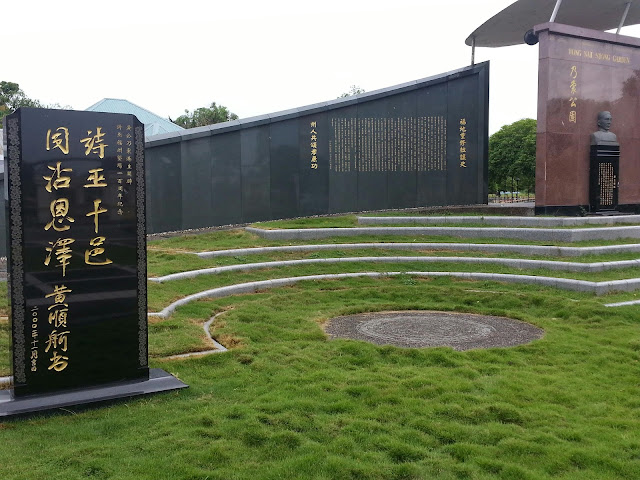
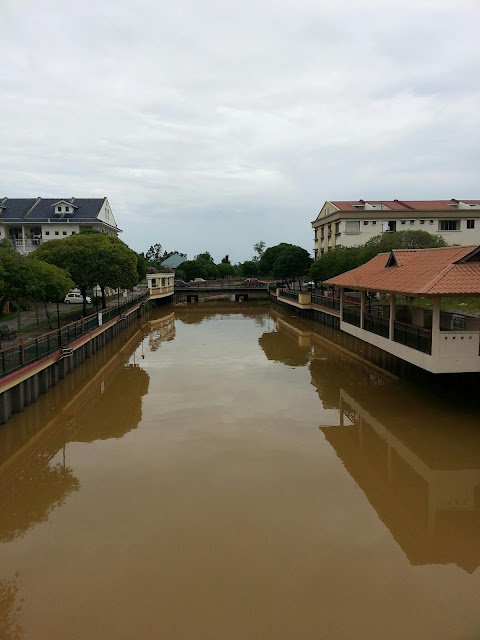
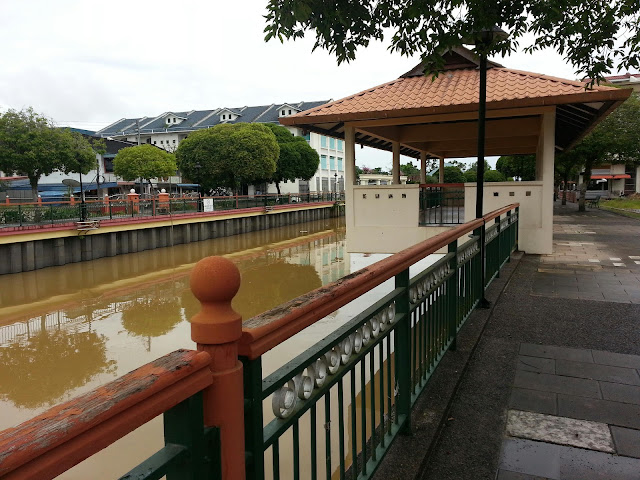
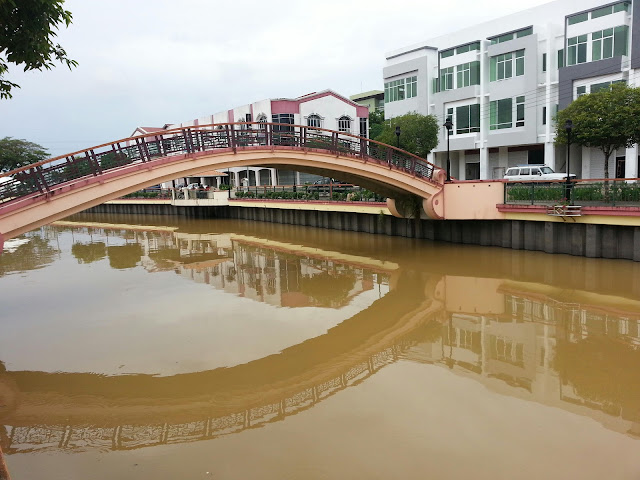








.jpg)
.jpg)
.jpg)
.jpg)







